AFAC25 Show Preview - From Local to Global
FireCast
The AFAC25 podcast offers an exclusive behind-the-scenes look at this year’s premier emergency management conference, AFAC25 powered by INTERSCHUTZ, returning to Perth from 26–29 August 2025. Through insightful interviews with Jason Foster, Chair of the AFAC25 Steering Committee, Quinn Cramer, President of Women and Firefighting Australasia, and Rob Keen, Event Director at Hannover Fairs Australia, listeners will get an early look at what to expect across the four-day program and 15,000sqm exhibition.
This year’s theme, From local to global: leveraging systems, capability and connection, sets the stage for a packed agenda that dives into resilience, technology, cultural fire practice, and more. Keynote speakers include Whadjuk Balardong Noongar leader Ingrid Cumming, UN disaster risk expert Mami Mizutori, and journalist Leigh Sales, all exploring different facets of resilience in an evolving world.
Listeners will also hear about the seven newly structured exhibition sectors, designed around real-world roles and functions within emergency management. From fleet and equipment to community risk reduction and response operations, the expo aligns technologies with the operational needs of a broad visitor base, from first responders to policy makers.
The podcast covers the expanded features of the event, including the AIDR Knowledge Centre, Solutions Theatre, and Demo Zone, along with highlights from the Research and Innovation Day and the closing Professional Development Program. Field trips and specialist workshops round out the learning experience, with themes ranging from Indigenous-led fire programs to climate-ready strategies and equitable emergency design.
Whether you’re managing emergencies on the front line or planning safer communities, this podcast gives you a glimpse of what AFAC25 has in store, and why it’s a must-attend. Listen now, explore the full program online, and secure your place at Australia’s leading emergency management event.
Are you confident that your passive fire protection strategy will hold up under real-world scrutiny
FireCast
Are you confident that your passive fire protection strategy will hold up under real-world scrutiny — or is it based on assumptions and substitutions?
With increasingly complex infrastructure and rising safety demands, decision-makers can’t afford to overlook the critical role of passive fire protection in project design, execution, and compliance. This episode dives deep into how early engagement and verified certification can save lives — and protect reputations — in the fire and highway industries.
Here’s what you’ll gain from this episode:
- A practical understanding of why early engagement with fire protection specialists leads to more flexible and compliant designs.
- How third-party certification and rigorous site inspections prevent dangerous substitutions and uphold safety standards.
- Insights into global regulatory gaps — and how industry leaders like Siderise are shaping safer standards across regions.
Listen now to discover how to future-proof your projects by integrating certified, enforceable passive fire protection systems from day one.
Donel Dippi Bio:
As Head of Technical and Compliance for Siderise Middle East, India and Asia Pacific regions, Donel Dippi is an experienced stakeholder who specialises in passive fire protection and acoustic solutions for the building envelope.
With a deep understanding of testing, certification, compliance, and regulatory codes, he helps architects, façade consultants, contractors, developers, and fire and rescue services navigate the complexities of fire safety in both the new construction and retrofitting of buildings, whilst giving guidance on where there is scope for improving current performance levels.
Donel is an advocate of best practices in testing, design, installation, inspection, and auditing. He takes great pride in encouraging developing countries to avoid repeating the mistakes of others by adopting standards and practices that promote safer buildings to allow their people to live, work, learn, play, and worship with peace of mind – “doing the right thing today is one step closer to protecting the people of tomorrow”.
AFAC25 powered by INTERSCHUTZ to connect emergency management sector in Perth
FireCast
AFAC25 Conference and Exhibition powered by INTERSCHUTZ is Australasia’s largest and most comprehensive emergency management conference and exhibition.
Brought to you by AFAC, Deutsche Messe, the Institution of Fire Engineers (Australia), Women and Firefighting Australasia and the Australian Institute for Disaster Resilience. In 2025, the theme for the event is 'From local to global: leveraging systems, capability and connection'.
In an era where opportunities for fire and emergency services transcend borders, the presentations, exhibitions, and discussions at AFAC25 will aim to find new connections and optimise systems to drive progress and innovation.
In anticipation of the conference program launch, host agency representative and AFAC President DFES Commissioner Darren Klemm AFSM, provides a preview of what visitors can expect when they walk through the event doors and explore the greater Perth and WA regions.
For more information, go to www.afacconference.com.au
RESCUE READY The Future of Emergency Flood Rescue Training
FireCast
In this insightful episode of The Firecast, hosted by Paul Hutton, we dive deep into the critical realm of emergency flood rescue training. As flooding events become increasingly frequent due to climate change, the need for well-prepared first responders has never been more crucial. Joining Paul are industry experts Scott Shipley, Director of Swiftwater and White Water at Calibre Engineering and Andy Laird, Director at EPD UK. Together, they explore the innovative strides being made in swiftwater rescue training facilities designed to simulate realistic conditions in a safe, controlled environment.
Listeners will gain valuable insights into the groundbreaking design of training centers like the Houston Storm Range and New York’s Swift Water Training Facility at the State Preparedness Training Center. These state-of-the-art facilities are revolutionizing how first responders hone their skills, ensuring they’re ready to face the challenges posed by modern flooding scenarios.
The discussion highlights the importance of putting first responders in the right place with appropriate equipment, addressing the hazards that often accompany swiftwater rescue training. Scott and Andy share compelling case studies that underscore the necessity of advanced simulation facilities to prepare responders without the inherent risks of real-life training.
As they delve into the phrase "the century of floods," the episode reinforces the urgent need for preparedness and safety in disaster response. This episode is a must-listen for anyone in the fire and emergency services, offering essential insights into enhancing public safety and disaster readiness in an era of unprecedented flooding events. Tune in to learn how technology and innovation are shaping the future of rescue operations.
AFAC24 Trade Exhibition Podcast
FireCast
AFAC24 Conference and Exhibition powered by INTERSCHUTZ is Australasia’s largest and most comprehensive emergency management conference and exhibition.
Brought to you by AFAC, Deutsche Messe, the Institution of Fire Engineers (Australia) and Australian Institute for Disaster Resilience. The theme for 2024 is Embracing innovation and disruption: designing the future for our sector.
The INTERSCHUTZ Trade Exhibition is an ever popular and ever expanding show floor which will feature a variety of local and international exhibitors, occupying over 18,000sqms of floor space. The exhibition will showcase the latest products, technology, services, and solutions to support best practice outcomes in the emergency management sector.
AFAC24 Event Director Rob Keen and Executive Director of the Australian Institute for Disaster Resilience, Dr Margaret Moreton share what to expect at this year’s event, and how the AFAC24 exhibition is diversifying its offering to delegates, and reinforcing its reputation as a hub for innovation and connection.
See the AFAC 24 Exhibitor Showcase in association with Asia Pacific Fire Magazine… AFAC24 - AFAC Portal Page and Exhibitor Showcase (globalfireevents.com)
For more information, go to: www.afacconference.com
AFAC24 powered by INTERSCHUTZ
FireCast
AFAC24 Conference and Exhibition powered by INTERSCHUTZ is Australasia’s largest and most comprehensive emergency management conference and exhibition. Brought to you by AFAC, Deutsche Messe, the Institution of Fire Engineers (Australia) and Australian Institute for Disaster Resilience. The theme for 2024 is Embracing innovation and disruption: designing the future for our sector.
The AFAC24 program will feature a wide variety of content, beginning with the AFAC Research and Innovation Day and followed by the multi-streamed two-day AFAC conference. The AFAC Conference will feature the Australian Disaster Resilience Conference and the IFE Australia National Conference, running as concurrent streams of the conference program.
Chair of the AFAC24 Steering Committee and Fire and Rescue NSW Commissioner Jeremy Fewtrell and NSW National Parks and Wildlife Service Executive Director Park Operations Naomi Stephens share what they are looking forward to at AFAC24, and conference program highlights when the event comes to the Sydney ICC on 3-6 September 2024.
For more information, go to: www.afacconference.com.au
Managing the Threat of Thermal Runaway - How Fike Blue Makes the Deployment of an ESS into Populated Areas Possible
FireCast
Battery fires within energy storage systems (ESS’s) aren’t as rare as one might think. The reason they are often underpublicized and, fortunately, there haven’t been more tragedies is because ESS’s are often installed away from residential or commercial areas.
However, with the increased efforts in renewable energy production and therefore the exponential deployment of ESS’s, these units will no longer be isolated in remote locations, but rather will soon be found almost everywhere you look as they continue to push further into our suburbs and cities.
During a thermal runaway event, the temperature of a malfunctioning battery cell increases rapidly, which leads to a self-perpetuating cycle of heat generation that propagates into nearby cells and produces extreme fire and even explosion risks.
Join Mark Kendall, General Manager - Fike, Fire Safety Technology as he discusses the risks and protection methods that have been used to attempt to suppress thermal runaway, as well as the effectiveness of the new cascading thermal runaway suppression system, Fike Blue.
U.S. vs. Europe: Firefighting Techniques and PPE
FireCast
Sponsored by Safety Components, join Jeremy Metz of the West Metro Fire Department in Colorado and Peter Klade from the Austrian Fire Brigade Association in Vienna as they discuss the differences and similarities between firefighting in the U.S. and Europe.
We will explore the intricacies of firefighting techniques and personal protective equipment (PPE) on this latest episode. Visit safetycomponents.com to learn more about the testing requirements and certifications that go into developing fire turnout gear and explore both outer shell and thermal liner fabrics that meet the specifications for both the U.S. and Europe.
False alarms: the real risk to businesses, safety and the impact on emergency services
FireCast
On our latest Firecast, we welcome our guest Paul Adams, Content Marketing Manager at Hochiki Europe Limited, talking about the important subject of false alarms, the risk to businesses, safety and the impact on emergency services.
He explains how Automatic Fire Alarm Systems are vital to providing an early warning of fire and are one of the most effective ways to keep business, staff and customers safe in the event of a fire, but that a significant number of signals from these systems are not actual fires.
“We uncovered that the cost of false alarms is costing SMEs in the UK around about £700 million every single year,” Paul explains. “Nine out of ten resulted in a complete evacuation of the building, with a loss of productivity. But then it goes deeper than that because 56% of business owners that were surveyed said that excessive false alarms mean that staff then don't take the real alarm seriously, so you get alarm fatigue and complacency amongst the staff, which could result in disaster.”
In the podcast, Paul gives some ideas about what to do about it, including initiatives in Scotland and London to challenge alarms before responding. He discusses what building owners need to do in response, how to reduce false alarms, the value of multi-sensors, the importance of understanding the small print around multi-sensor certification and how Hochiki can help.
Creating a sustainable future: the challenges and opportunities at AFAC23
FireCast
Returning to the Brisbane Convention Centre for the first time since 2016, AFAC23 powered by INTERSCHUTZ will be held from the 22 – 25 August and will the explore theme ‘Creating a sustainable future: the challenges and opportunities’. The program will feature examples of solutions to emerging risks, impacts and recovery from practitioners, researchers and leaders across the fire and emergency sector. AFAC23 will explore how inclusive, collaborative, and innovative approaches to emergency management are integral to reducing risk, building capability and fostering resilience for the future.
AFAC23 is proudly hosted by Queensland AFAC members: Queensland Fire and Emergency Services and Queensland Parks and Wildlife Service.
AFAC Director of National Projects and Innovation Simon Heemstra and AFAC President and SES Commissioner Carlene York discuss what to expect over four days of the immersive conference program and extensive exhibition space.
For more information please visit: afacconference.com.au
Dräger - Health concerns for firefighters
FireCast
As you’ll have seen hosted on the UK Fire website, Dräger has conducted a survey into the health concerns of serving Firefighters. This is a follow up to Dräger’s 2020 ‘Health for the Firefighter’ survey and seeks to find out if perceptions have changed; specifically with regard to their potential exposure to carcinogens, contaminants and viruses such as Covid-19. It also investigates which technologies are seen to be the most important in supporting firefighter health.
Ultimately, the purpose of the research is to inform on how industry can further support Fire Services and their personnel; and help drive the cultural changes that are required to protect firefighter health.
This research follows a report released by the International Agency for Research on Cancer (IARC), a World Health Organisation (WHO) body, in which firefighting was declared as a ‘carcinogenic occupation’.
This podcast is to discuss the survey results from varied industry perspectives and make recommendations for what actions will support firefighter health.
Key stats:
- 100% of survey respondents admitted concern that exposure to carcinogens would impact their long-term health, and 65.2% categorising this concern as considerable. This was a significant increase from the 2020 survey, where 84.6% admitted concern in 2020, 34.2% of which was considerable.
- 70.6% of respondents stated that the reduction of carcinogen exposure as a firefighter was ‘extremely important’ in their working environment, with a further 17.6% declaring they found it ‘very important’.
- Unsurprisingly, concern about exposure to Covid-19 has reduced since the 2020 survey, with 46.3% stating moderate to considerable concern compared a previous figure of 68.4%.
- three quarters (78.3%) of survey respondents claimed that the washing of masks or cleaning apparatus in a mechanical cleaning machine would improve their health.
- Interestingly however, despite 79.7% of respondents claiming that the cleaning of masks, PPE and BA and associated equipment was ‘extremely important’ in their working lives, when asked if their approach towards cleaning their equipment had changed following the Covid-19 pandemic, just under half (49.2%) agreed.
The survey also asked which technologies our respondents thought would be most important in protecting firefighter long-term health. A significant four out of ten (40.6%) opted for ‘contamination detection equipment’ as key to their long-term health, with the next most important being biometric monitoring, with nearly one in three (30%) prioritising this technology.
Connecting communities. Creating resilience at AFAC22
FireCast
Returning to the Adelaide Convention Centre for the first time since 2015, AFAC22 powered by INTERSCHUTZ Conference and Exhibition will be held from the 23 – 26 August and will the explore theme ‘Connecting communities. Creating resilience.’ The program will feature examples of solutions to emerging risks, impacts and recovery from practitioners and leaders across the fire and emergency sector. AFAC22 will explore how an inclusive approach across emergency management agencies is integral to reducing risk and fostering resilience now and into the future.
AFAC22 is the first time the event will be hosted in person since 2019 and presents an exciting opportunity for the fire and emergency management sector to reconnect and explore research, equipment, technology and ideas that are shaping the future of the industry.
AFAC CEO Rob Webb and AFAC22 host agency SAFECOM Chief Executive Julia Waddington-Powell discuss what to expect over four days of the immersive conference program and extensive exhibition space.
For more information, go to www.afacconference.com.au
Waking Watch vs Wireless Fire Detection: Discussing the next generation of life safety
FireCast
Waking Watches were introduced by the National Fire Chiefs Council as a temporary measure to keep residents who lived in buildings with dangerous cladding, safe. A Waking Watch scheme involves trained fire wardens being present on site 24/7 to monitor the building’s interior and exterior, raise an alarm in the event of a fire and assist in the safe evacuation of residents during any incident. But five years after the Grenfell Tower fire in 2017, hundreds of buildings across the UK still have 24-hour safety patrols in place, costing building owners tens of thousands of pounds every month. In most instances, these costs are being passed on to the leaseholders.
Updated guidance from the Council published in 2021 advised that building owners should install fire alarm systems as quickly as possible to reduce or remove the need for the 24-hour warden patrols. In this podcast we discuss why technology is far more reliable than people, and the benefits of switching to a system which uses wireless devices.
Particulate protection and what makes Nomex® Nano Flex the better choice.
FireCast
Nomex® and Kevlar® have been a leading choice in global fire service for over 50 years, and we are committed to making the next 50 even better with solutions like Nomex® Nano Flex for hoods, and Nomex(R) Nano for thermal liners. Both Nomex® Nano Flex and Nomex® Nano provide lightweight comfort while enhancing the garment’s overall agility, moisture management and particulate protection – which help to address some of the leading challenges firefighters face today, like heat stress.
Nomex® Nano and Nomex® Nano flex solutions are key ingredients of the DuPont™ Nomex® Xtreme Performance product category. Nomex® Xtreme Performance solutions combine the tested and proven heat and flame protection of DuPont™ Nomex® with the lightweight strength of DuPont™ Kevlar® and the thermal damage tolerance and durability of high-performance materials such as PBO, DuPont™ Nomex® Nano and DuPont™ Nomex® Nano Flex.
DuPont remains committed to meeting the needs of fire departments through our existing partners and channels. Together, we are actively collaborating to bring future innovations to emergency responders around the world.
For more information, go to nomex.com/xtremeperformance.
Nomex® Xtreme Performance: Meeting the needs of our fire fighters
FireCast
DuPont is more focused than ever on providing safety solutions that emergency responders need to do their job safely and effectively.
As we have engaged with departments around the world, a consistent theme emerged – there was a true need for an organized portfolio of innovative PPE solutions that offer emergency responders an ideal balance of long-lasting flame-resistant protection, comfort and durability they need when answering any call.
Nomex® Xtreme Performance meets the needs of our fire fighters by speaking to the performance, comfort, and durability of PPE (Personal Protective Equipment) solutions made with the important building blocks of DuPont™ Nomex® & Kevlar®, and when combined with some or other innovations like PBO, Nomex® Nano, and Nomex® Nano Flex, deliver the highest, most innovative levels of protection and performance throughout protective gear available in the industry.
Additional benefits of Nomex® Xtreme Performance solutions include a simplified expectation of performance attributes that enables garment specifiers to easily identify the PPE option that is appropriate for the hazards at hand. Solutions in the Nomex® Xtreme Performance category offer ease of selection for both structural and nonstructural firefighting gear, with a consistency in availability of the solutions offered worldwide.
When coupled with the innovations of our partner gear manufacturers, Nomex(R) Xtreme Performance Solutions benefits are amplified into the latest, state of the art technologies to provide the highest levels of protection and heat stress management to the ever-changing needs of the firefighter.
For more information, go to https://www.dupont.com/brands/nomex.html
The Explosion Proof Actuator From TLX Technologies
FireCast
Our latest conversation is with Jason Busalacchi and Andrew Biehl from TLX Technologies, an engineering and manufacturing company that produces custom actuators, solenoids, and valves for the fire suppression market.
Jason and Andrew discuss one of TLX’s latest products: the Explosion Proof Actuator with Supervision. While standard supervised latching solenoid actuators meet the needs of most gaseous fire suppression systems, they cannot be used in hazardous locations.
Many hazardous location systems rely on a combination of electric and pneumatic actuators and require separate enclosures to prevent flame propagation. The Explosion Proof Actuator with Supervision is a simpler, more reliable solution.
In our conversation with Jason and Andrew, we find out why the Explosion Proof Actuator with Supervision is different from other hazardous location solutions and delve into its special design features that allowed it to achieve UL HazLoc, ATEX, and IECEx certifications.
The Gradall FA System
FireCast
Michael Norman, Director of International Sales and Marketing at Gradall Industries, joins the podcast to discuss the Gradall FA System. The Gradall FA System with the patented 5th Man fire head, telescoping boom and rapid deployment outriggers, effectively combines with existing truck chassis to provide fire departments with an innovative fire suppression tool. The result is a new breed of emergency response vehicle capable of state-of-the-art fire suppression excelling on sites involving new building materials and designs.
With the Gradall FA apparatus, firefighters can launch a technical assault on hostile fires with optimum efficiency and improved safety. The FA System is uniquely effective, addressing tasks such as venting roofs and sidewalls or reaching into the heart of hazardous fires, all while avoiding unnecessary personnel risks.
For more information, please visit www.gradallfa.com
Translating Successes Of Wildfire Technology Applications Into The Electric Utility Industry
FireCast
Are you responsible for wildfire risk & mitigation efforts at a utility organization? Are you
making operational decisions using accurate, real-time weather data? Are you using the latest in automated camera technology to have greater visibility of your assets and infrastructure throughout your areas of interest in the landscape? A critical component of wildfire mitigation is the ability to assess and forecast the wildfire risk based on weather conditions in the context of overall risk to electric grid operations.
Listen to Paul Hutton interview Shawn Bethel, Director of Business Development and
Wildfire Mitigation Specialist for FTS – Forest Technology Systems, the global leader in fire weather networks & wildfire situational awareness monitoring. Learn about the importance of having a dedicated fire weather network with accurate, reliable weather data to analyze wildfire risk potential and how electric utilities are taking advantage of both legacy and emerging situational awareness technologies to comply with electric utility authority regulations and support best practices while keeping people in their communities safe from the negative impacts from wildfire.
For more information, go to https://ftsinc.com/applications/utilities/
TLX PODCAST – LIQUID LEVEL SENSOR
FireCast
Our latest conversation is with Patrick Schwobe, Principal Engineer of Advanced Product Development for TLX Technologies, an engineering and manufacturing company that makes custom actuators, solenoids, and valves for the fire suppression market.
Patrick discusses one of their newest products, a liquid level sensor to measure the levels of extinguishing agent in system tanks. These levels need to be routinely measured to ensure the system will have the necessary agent to operate properly.
Current solutions for measuring these levels include using an integrated measuring tape, measuring with an ultrasonic level indicator from outside each tank, or weighing each tank individually. TLX’s liquid level sensor works differently than current alternatives in the market, offering a faster, more reliable reading. It’s the safest and most accurate solution on the market.
In our conversation with Patrick, we find out why TLX’s liquid level measurement device is different from other existing solutions, how it captures, stores, and communicates data, and how and when it can be installed on fire suppression systems.
For more information please visit: www.tlxtech.com
Telemetry, Technology and Connectivity: How can innovation improve firefighter safety?
FireCast
How can the evolution of new firefighting technology create better monitoring, communication and accountability for firefighters?
Join us for a conversation with some of the UK’s leading experts on the application of new technologies for increased firefighter safety and efficiency. We will be discussing the vital role of telemetry and connectivity on the increasingly complex firefighter ground, and why innovation is a priority within all fields of the industry.
Our host Paul Hutton is joined by Kevin Tomkins, First Responder Specialist at MSA Safety, as well as Ted O’Brien, Director of Product and Quality at the Fire Service College, and Duncan White, Group Editor at MDM Publishing.
With decades of joint experience in every aspect of firefighting, from wearing breathing apparatuses on the job to designing customer-focused solutions, our guest speakers will be discussing the dangers of inefficiencies including lost connections on the fire scene, and the benefits of strong communication and data measurements.
We will also take a look at the solutions available on the market today to tackle some of these important challenges.
To take a closer look at the MSA M1 SCBA set go to www.msane.ws/M1SCBA
Are you responsible for wildfire/bushfire management for the public or private sector?
FireCast
Are you making operational decisions with accurate real-time weather data?
Listen to Paul Hutton interview Chris Lindsay, National Account Manager for FTS, the global leader in Fire Weather networks.
In under 30-minutes, Chris explains what a Fire Weather network is, how it differs from a Meteorological network, how it can benefit wildfire/bushfire operations and what other applications there are for the data it provides.
Meeting Critical Demands Globally During Uncertain Times
FireCast
Fire suppression, as an essential global industry, is faced with some unique opportunities to meet the emerging requirements and future challenges of this rapidly changing world. TLX Technologies continue to move forward with new product development to meet the needs of the current and future fire suppression industry.
In this Firecast Jason Busalacchi, TLX Business Development Manager talks with Duncan White, Group Editor at MDM Publishing about marketing and innovation during these current uncertain times.
For more information please visit www.tlxtech.com
Advanced Fire Systems And Industry Insights
FireCast
Two way radios - A firefighters lifeline
FireCast
Firefighters’ two way radios are their lifeline. The dynamic environment of a fireground incident requires an intense amount of fast paced communication including visibility challenges. Firefighting teams need equipment that they are familiar with and can support the user’s vast array of BA and PPE.
Leveraging on their expertise in risk & compliance within this industry has meant for the past forty-seven years the Radiocoms team have led projects from consultation, design to deployment of next-generation, mission-critical radio communication digital solutions for the UK Fire Services.
Partnering with Fire Services, Radiocoms ensure that the NFCC guidance is supported when deploying a new radio system. Their build of protocols and measurable parameters address communication needs for the fire service, based on their operational practices, disaster scenarios and inherent risks associated with fire operation to support the services preparedness.
Motorola Solutions’ heritage in the critical communications marketplace is unique – throughout their history they have been at the forefront of driving new technology developments to provide reliable communications systems. Supporting the complete ecosystem of requirements for UKFRS they partner with Radiocoms to deliver critical communication solutions, ensuring interoperability between varying radio technologies, teams and command units from the fireground to the control room.
For further information please visit www.radiocoms.co.uk
.jpg) AFAC25 Show Preview - From Local to Global
27:26
AFAC25 Show Preview - From Local to Global
27:26
 Are you confident that your passive fire protection strategy will hold up under real-world scrutiny
14:05
Are you confident that your passive fire protection strategy will hold up under real-world scrutiny
14:05
 AFAC25 powered by INTERSCHUTZ to connect emergency management sector in Perth
20:11
AFAC25 powered by INTERSCHUTZ to connect emergency management sector in Perth
20:11
 AFAC24 Trade Exhibition Podcast
17:41
AFAC24 Trade Exhibition Podcast
17:41
 AFAC24 powered by INTERSCHUTZ
23:54
AFAC24 powered by INTERSCHUTZ
23:54
%20(1).jpg) Managing the Threat of Thermal Runaway - How Fike Blue Makes the Deployment of an ESS into Populated Areas Possible
15:31
Managing the Threat of Thermal Runaway - How Fike Blue Makes the Deployment of an ESS into Populated Areas Possible
15:31
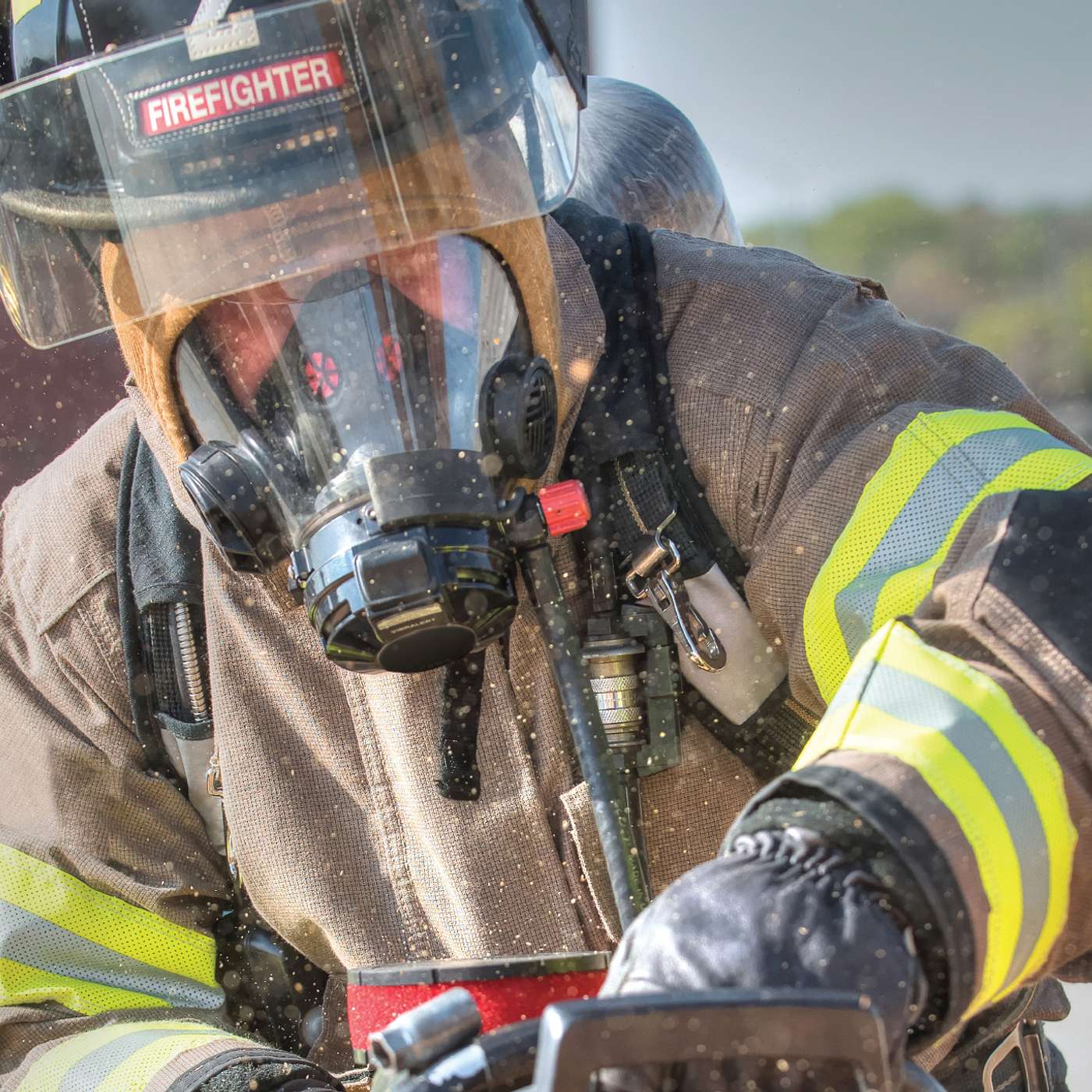 U.S. vs. Europe: Firefighting Techniques and PPE
16:59
U.S. vs. Europe: Firefighting Techniques and PPE
16:59
 False alarms: the real risk to businesses, safety and the impact on emergency services
14:06
False alarms: the real risk to businesses, safety and the impact on emergency services
14:06
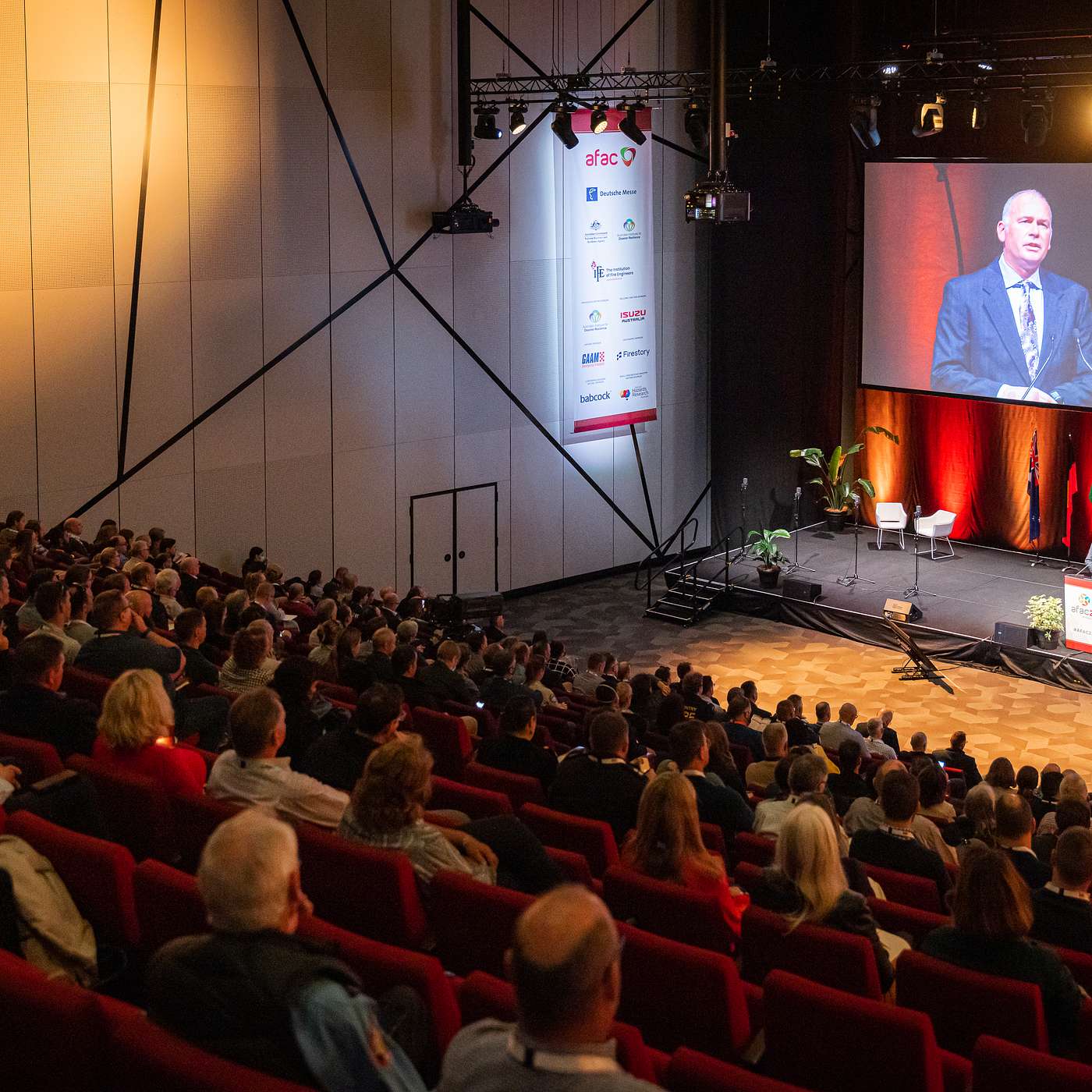 Creating a sustainable future: the challenges and opportunities at AFAC23
20:03
Creating a sustainable future: the challenges and opportunities at AFAC23
20:03
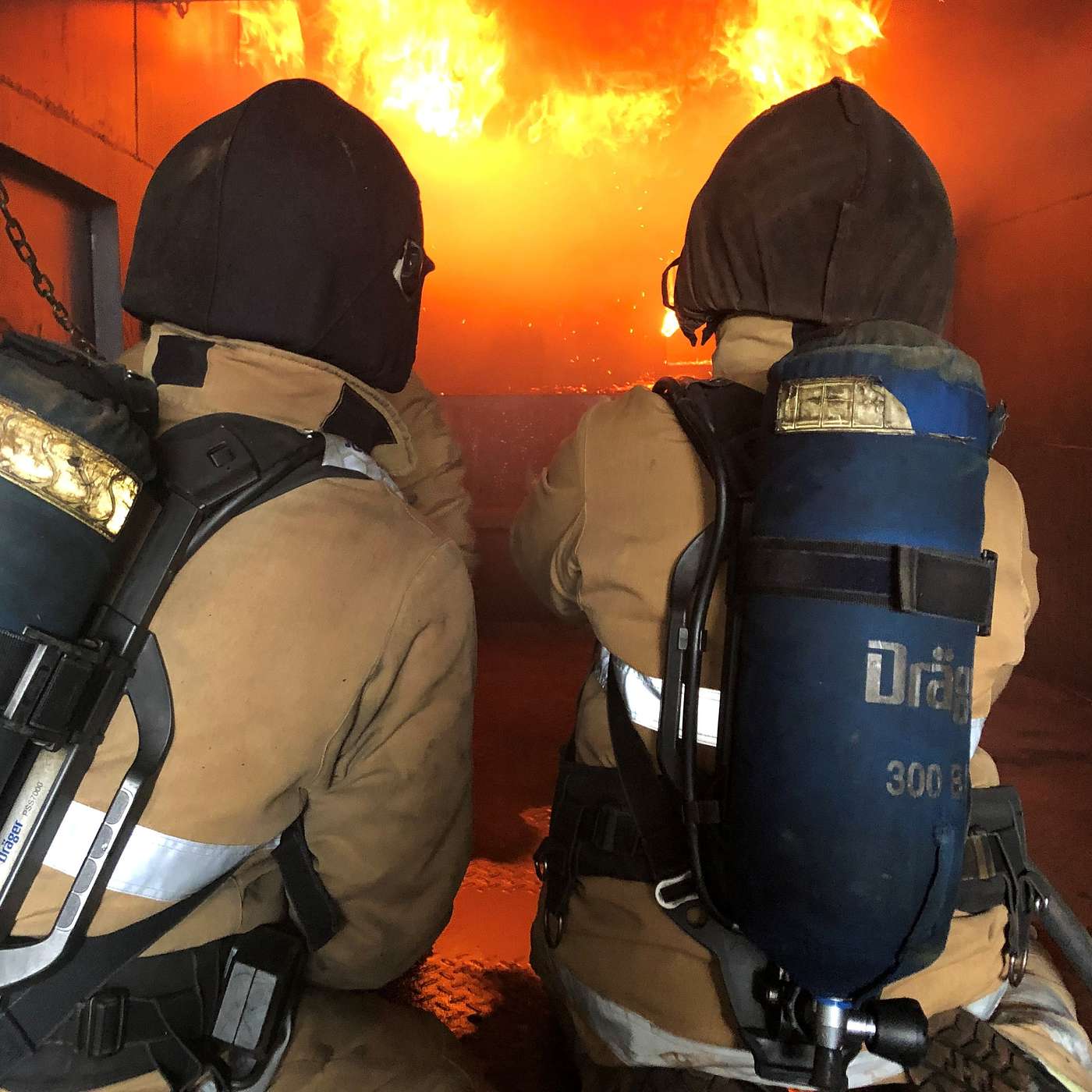 Dräger - Health concerns for firefighters
29:31
Dräger - Health concerns for firefighters
29:31
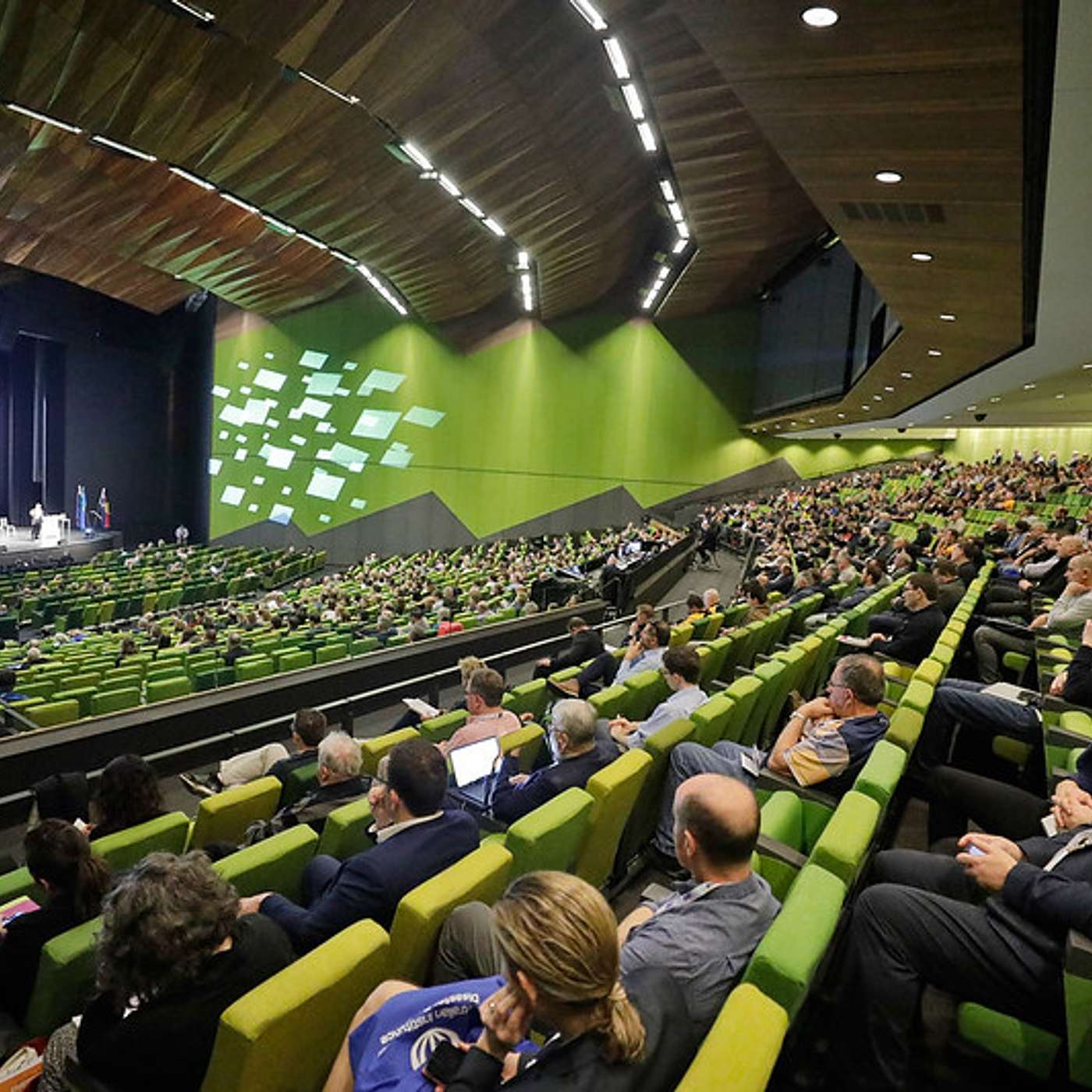 Connecting communities. Creating resilience at AFAC22
16:00
Connecting communities. Creating resilience at AFAC22
16:00
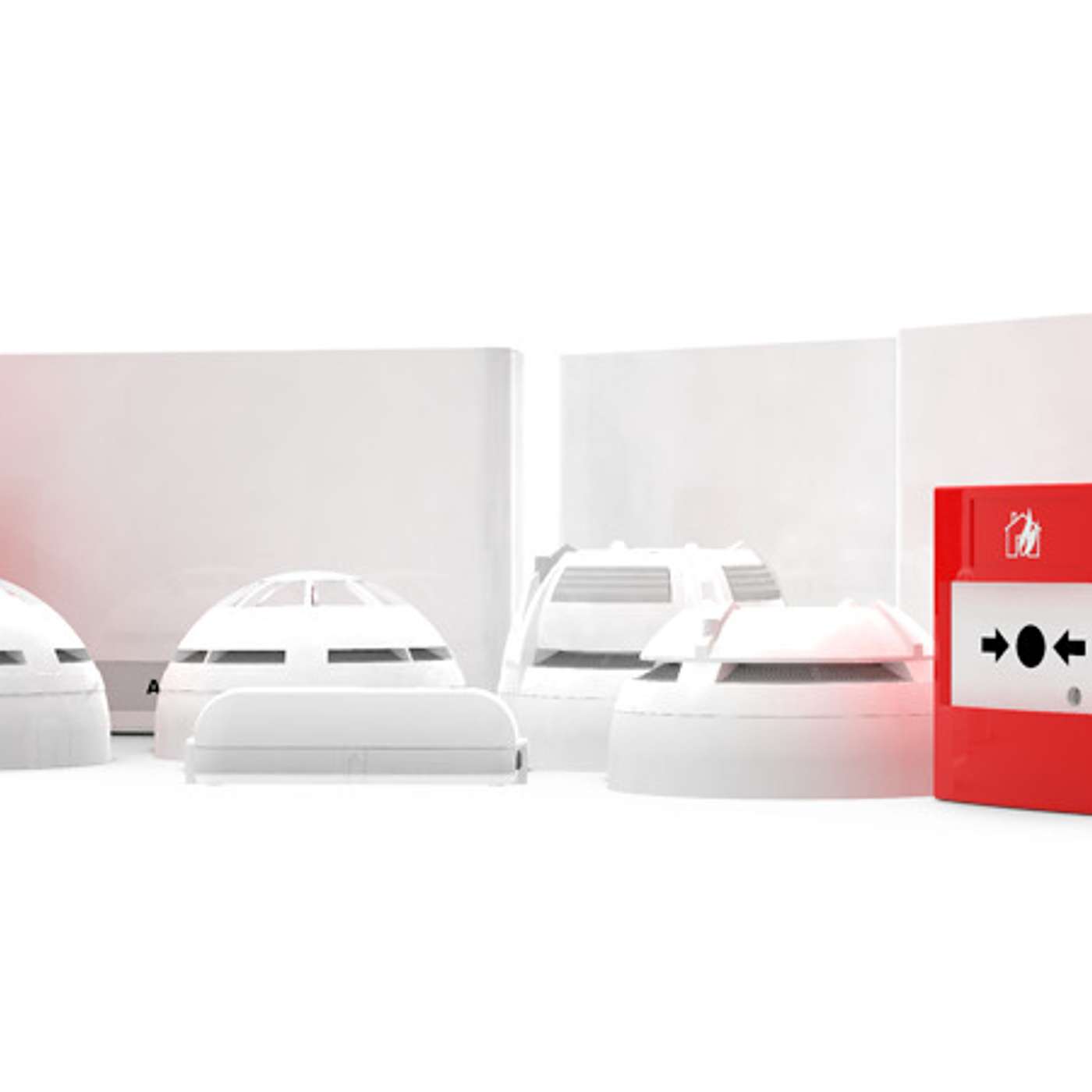 Waking Watch vs Wireless Fire Detection: Discussing the next generation of life safety
26:39
Waking Watch vs Wireless Fire Detection: Discussing the next generation of life safety
26:39
 Particulate protection and what makes Nomex® Nano Flex the better choice.
22:05
Particulate protection and what makes Nomex® Nano Flex the better choice.
22:05
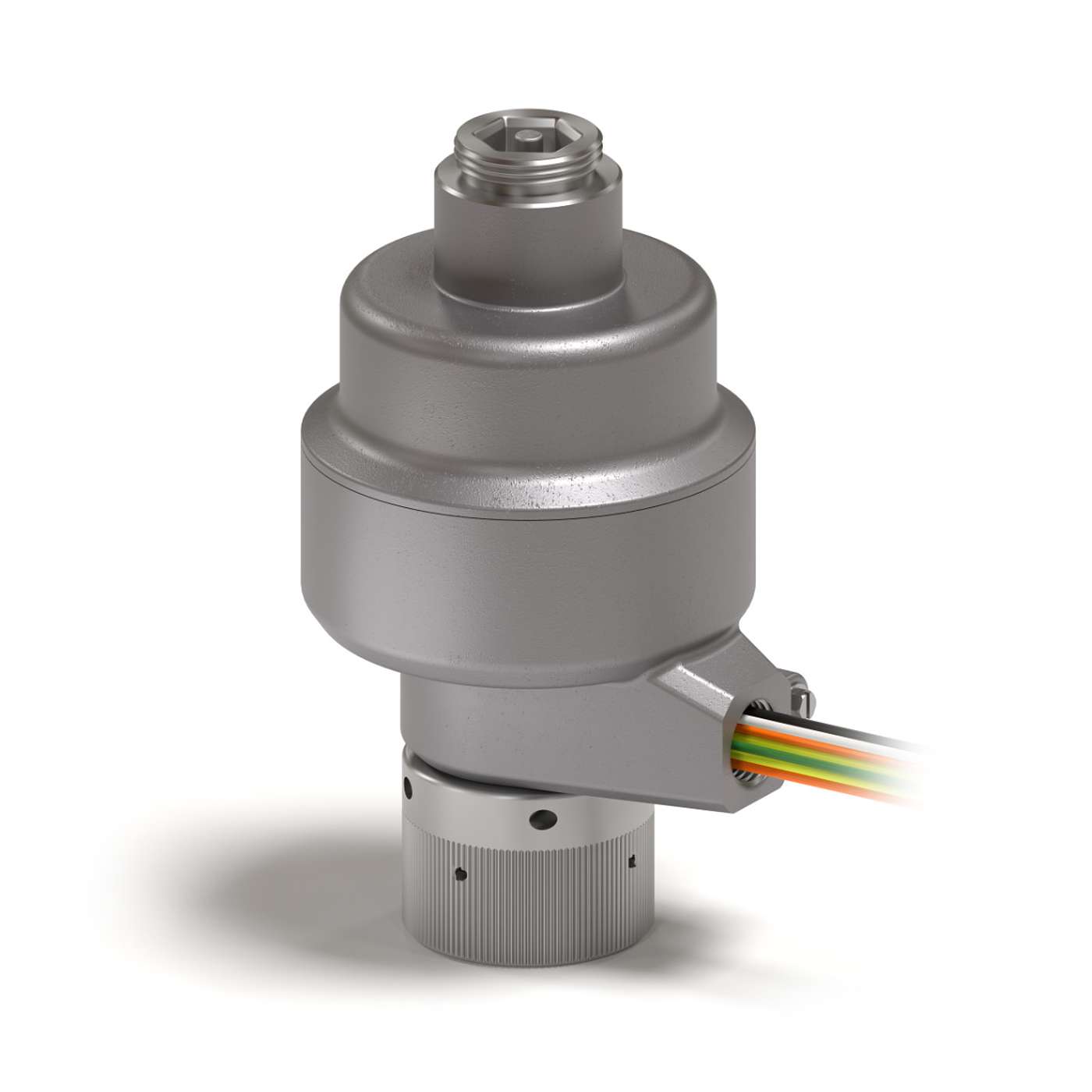 The Explosion Proof Actuator From TLX Technologies
16:18
The Explosion Proof Actuator From TLX Technologies
16:18
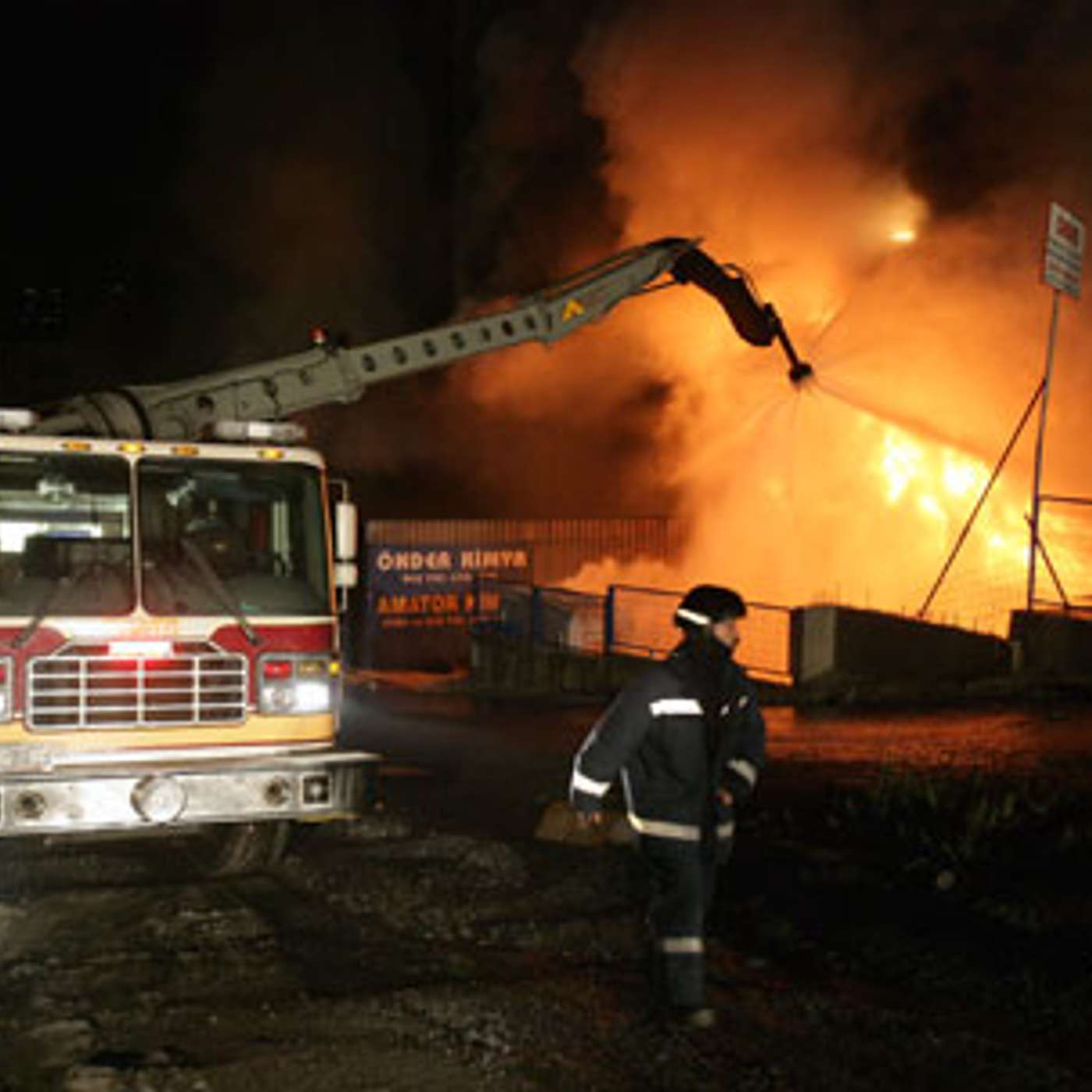 The Gradall FA System
18:00
The Gradall FA System
18:00
.jpg) Translating Successes Of Wildfire Technology Applications Into The Electric Utility Industry
33:42
Translating Successes Of Wildfire Technology Applications Into The Electric Utility Industry
33:42
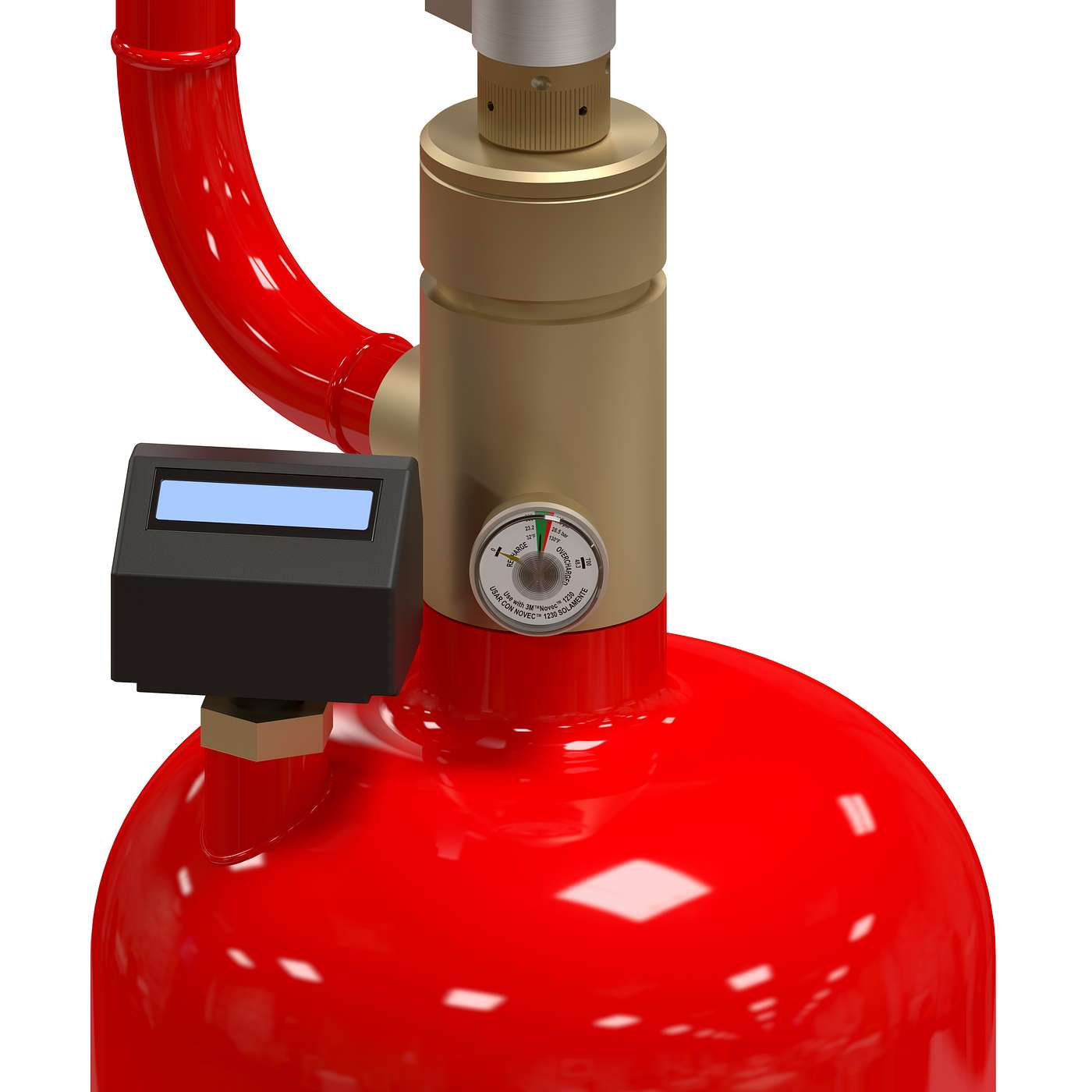 TLX PODCAST – LIQUID LEVEL SENSOR
16:53
TLX PODCAST – LIQUID LEVEL SENSOR
16:53
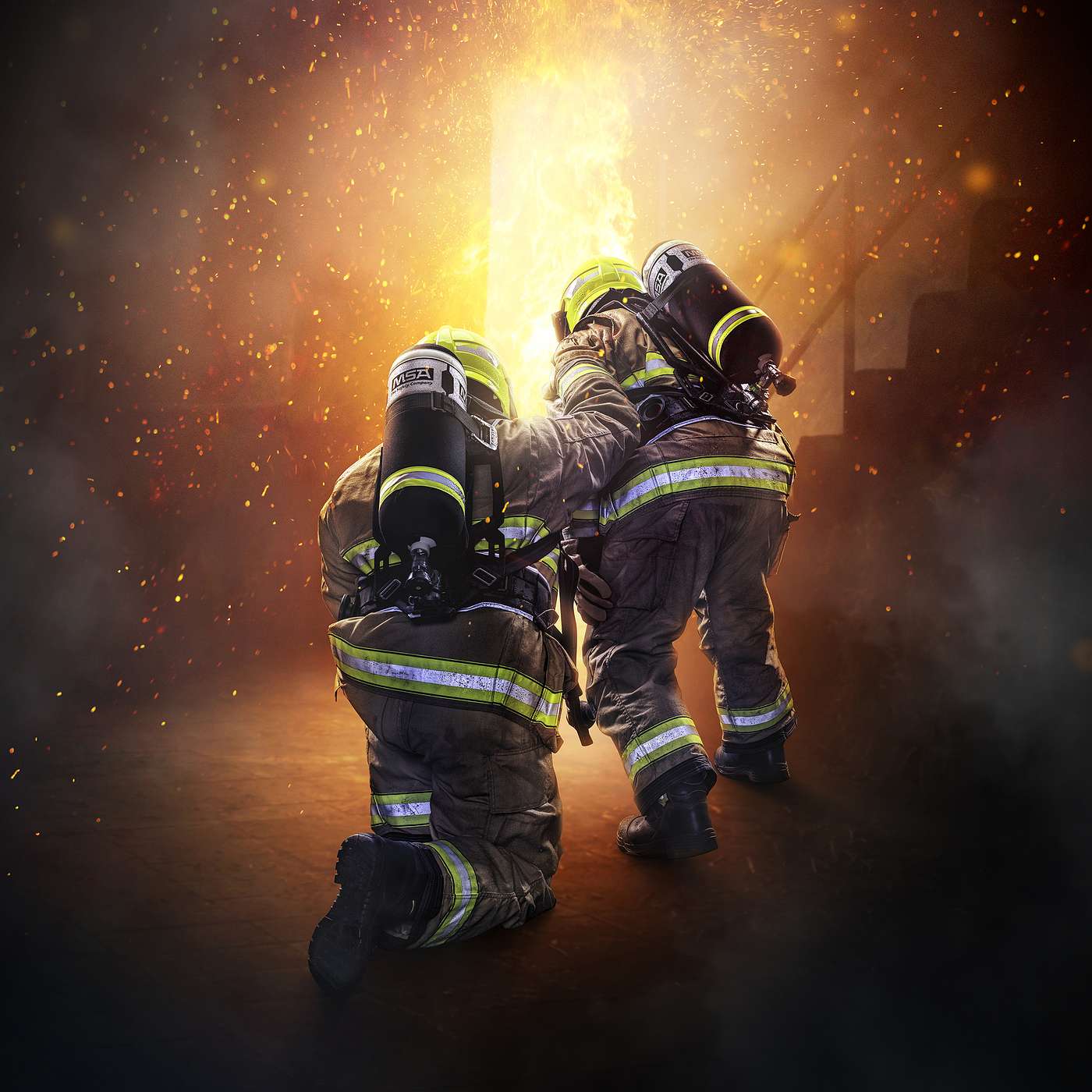 Telemetry, Technology and Connectivity: How can innovation improve firefighter safety?
29:03
Telemetry, Technology and Connectivity: How can innovation improve firefighter safety?
29:03
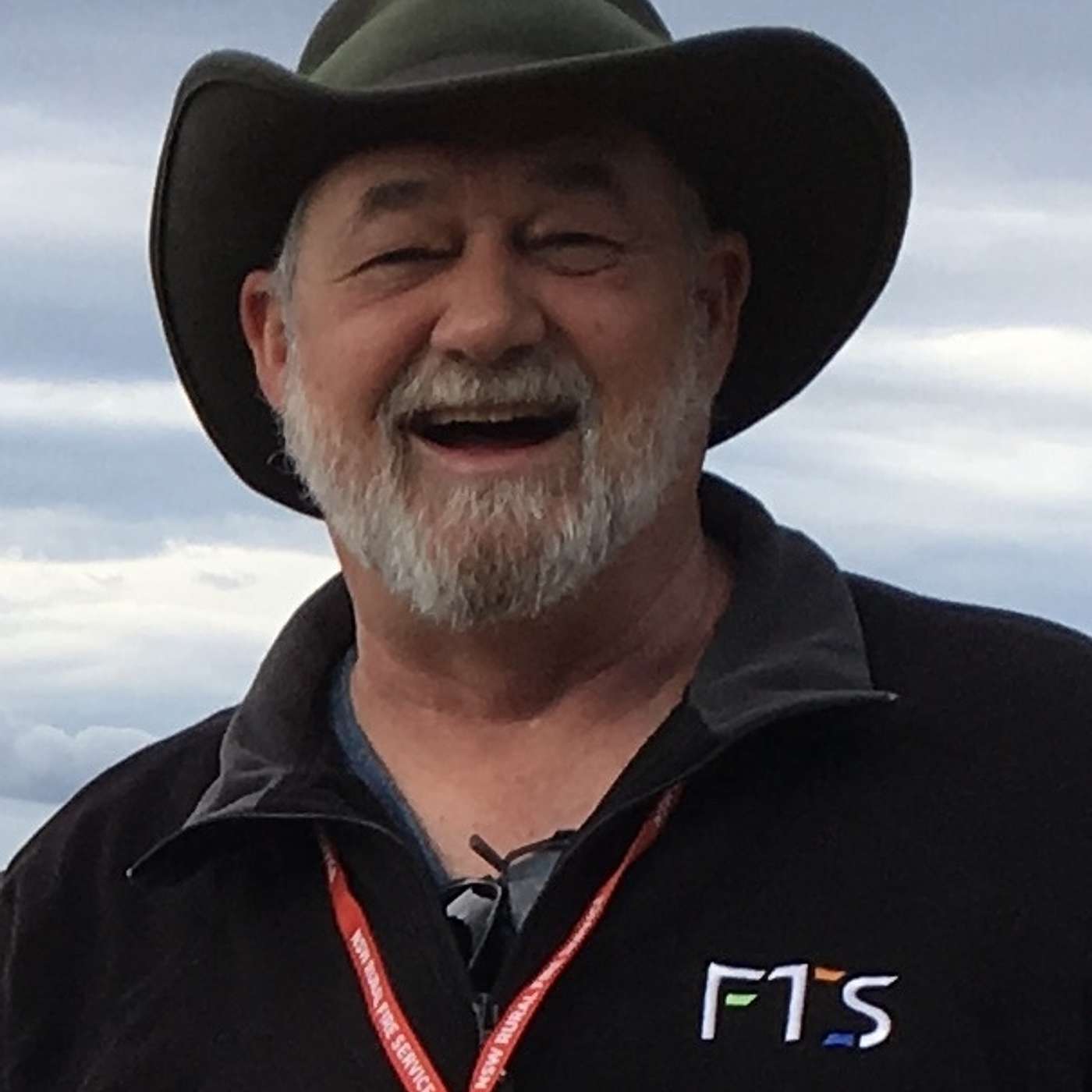 Are you responsible for wildfire/bushfire management for the public or private sector?
23:04
Are you responsible for wildfire/bushfire management for the public or private sector?
23:04
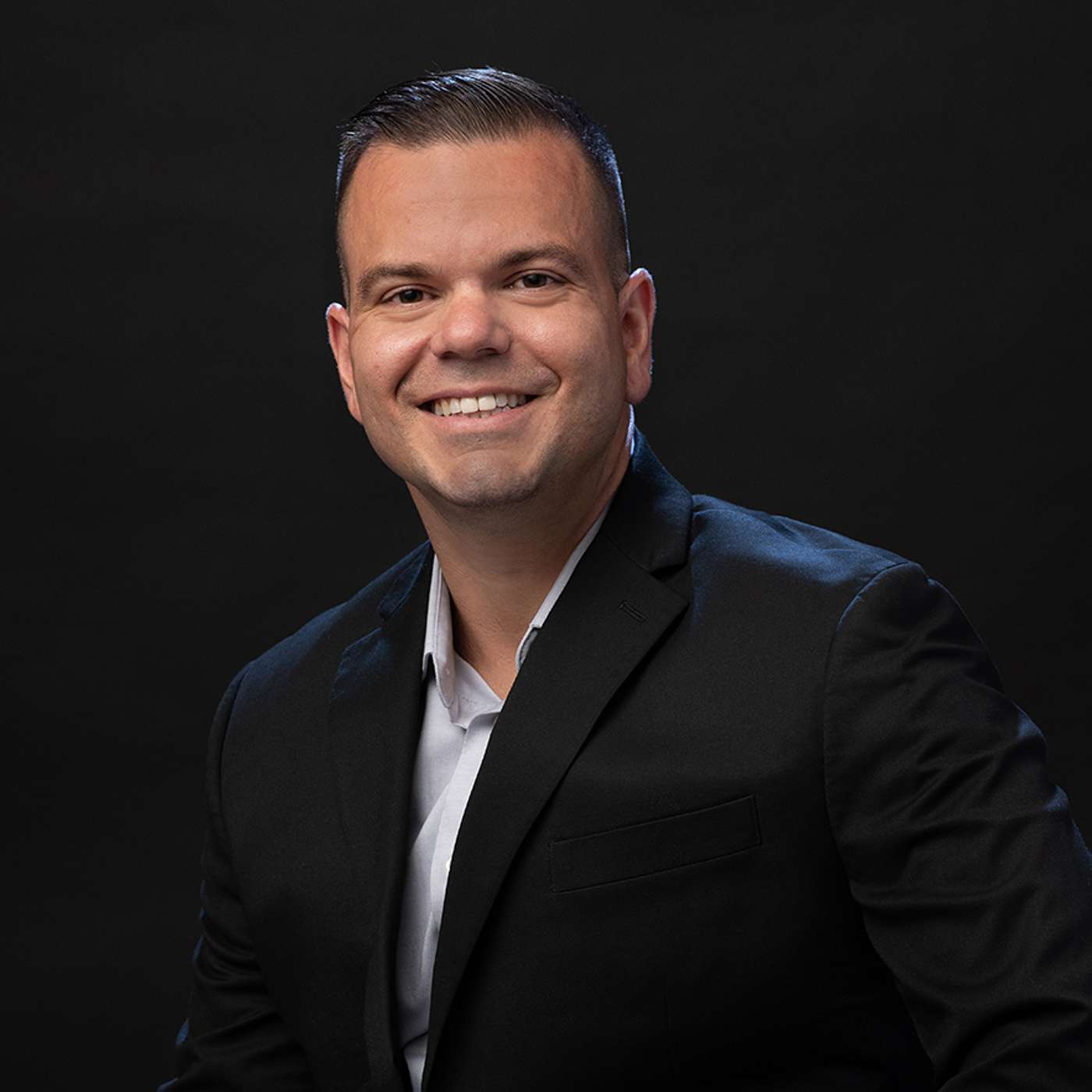 Meeting Critical Demands Globally During Uncertain Times
20:40
Meeting Critical Demands Globally During Uncertain Times
20:40
.jpg) Advanced Fire Systems And Industry Insights
12:24
Advanced Fire Systems And Industry Insights
12:24
 Gas Suppression Systems For Critical Sites
7:36
Gas Suppression Systems For Critical Sites
7:36
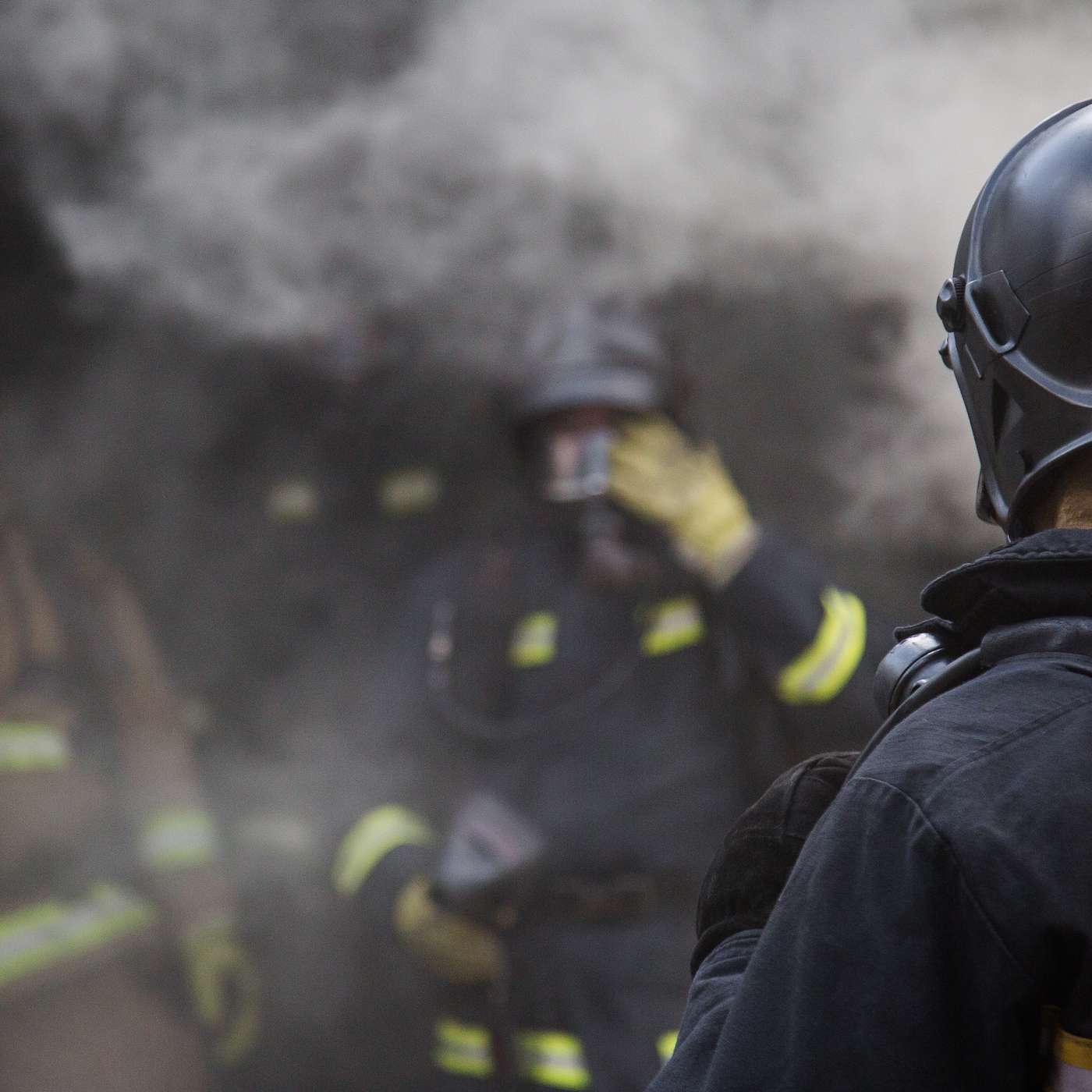 Two way radios - A firefighters lifeline
20:52
Two way radios - A firefighters lifeline
20:52
